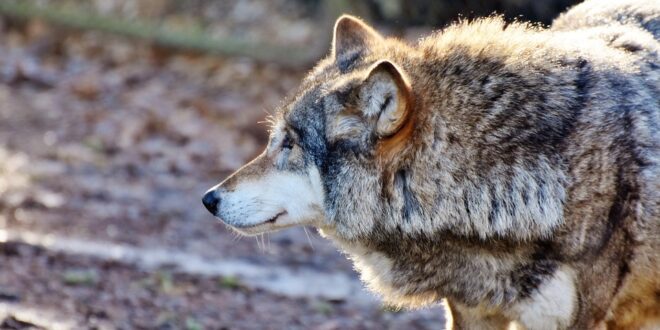Exploring Animal Behavior: Unlocking Their Hidden World
Animals are more than just creatures; they are a fascinating world on their own. Every animal has its behavior, habits, and secrets that are unique and diverse. Understanding animal behavior is important not just to train them but also to know about their nature, habitat, and traits. In this article, we explore how we can unleash the secrets of animal behavior.
Uncovering the Science behind Animal Behavior
The study of animal behavior is known as ethology. Behaviors such as how they communicate, hunt, mate, and establish social hierarchies, are analyzed through various studies. Observations typically take place in their natural habitat where animals can be seen in action.
The Reaction to Their Environment
Just like human beings, animals have distinct ways of adapting to their environment. For predators, this can mean following prey, maintaining silent until ready to attack, and going in for the kill. Prey has a more defensive behavior: they stay vigilant, looking out for distant or nearby predators, moving in structured herds, covering their young or hiding in discreet locations.
Behavioral Analysis to Help Explore Animal Behavior
Behavioral analysis plays an important role in defining animal behavior. The characteristics of an animal and their basis for survival and growth guide different behaviors that they exhibit. Measurable behavior leads to accurate results regarding their diet, their preferred habitat or climate, lifespan, and parental care. Observing patterns over long stretches of time or geography will provide context for such behaviors.
Visual Cues and Body Language in Animal Behavior
Animals can communicate so much, not just through sounds. Tails or ears may droop, sway or flap; shedding or hiding will show a sign that they are afraid or submissive, and pictorial vivid portrayal from attributes of species parts illustrations how intimidating certain insects or bird designs warn their predator. Observe an animal’s body language as it responds to the environment around it to help understand their behavior!
Determining Emotional Welfare of Animals
Another way we have begun studying the behavior is by placing animals in programs that test its welfare conditions beyond its mechanism of living. Known as Colossal Collaboration Program for Animal Test (#CoCoPAT), we measure their response time, pacing, and activity levels as possible signs of discontent, and research how improvement can be integrated in public enclosures.
Understanding the Complexity of Animal Societies
Especially in mammals, the notion of social knowledge matters to them. Social familiarity and how interaction should always understand patterns within kin families, as structure and guidance towards domain and territory can outline specific behaviors, and bonding is vital to their everyday lives.
Animals in Culture
Over centuries, animals have been a major part of civilization. Where arts and principles often comprise a heavy need inspirations find meanings from our surroundings. Industrial and urban settings illustrate the discipline, craft, and tools animals use similar to our own tools. Thus, it crossed over as metaphor, seeing how daily or cultural experience gets inspiration or reflection from animals.
Conclusion
Animals are entertaining, but they prove to be more than stupid creatures or observations of behavior. Natural relations between habitat, survival, diet, preservation intertwine with characteristics, and social interaction within species forms attributes for their behaviour that dog owners/trainers recognize by interacting with them to spark evolution to appreciate prime philosophy of cultural knowledge we have learnt from them-all those links provide intriguing possible disclosure of animal behavior that goes unparalleled by owners and the specialists examining these remarkable populations across unique situations, namely between wilderness and controls-flourishing at every turn. Hopefully, constant scientific advancement facilitates enhanced prospects of animal training, improved welfare in captivity, and better appreciation of animal life.
 Mind Uncharted Explore. Discover. Learn.
Mind Uncharted Explore. Discover. Learn.




